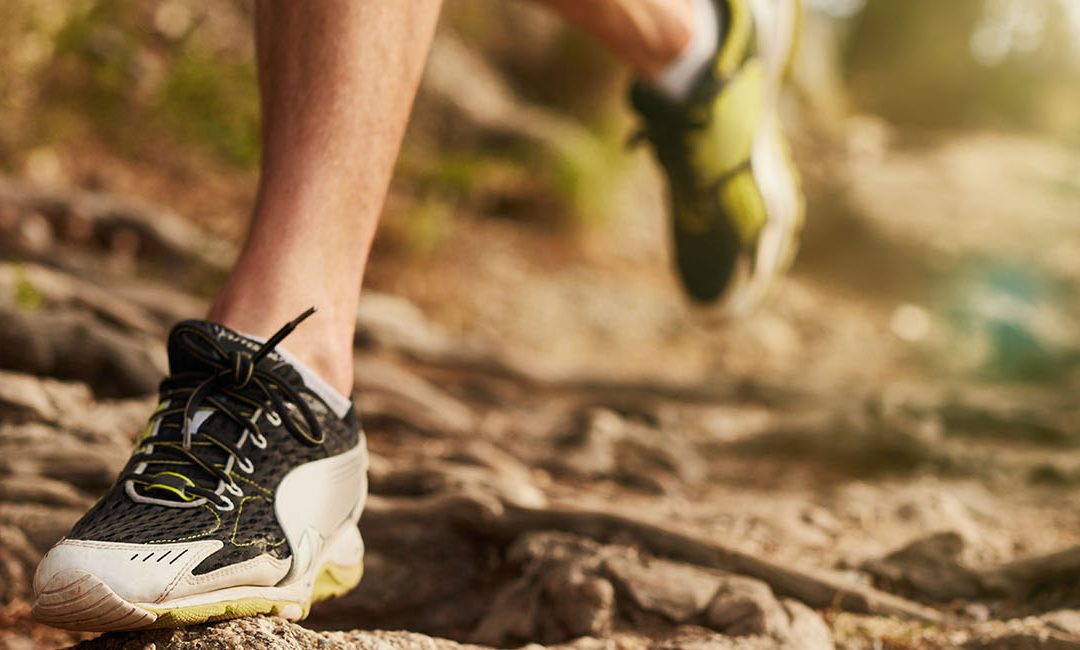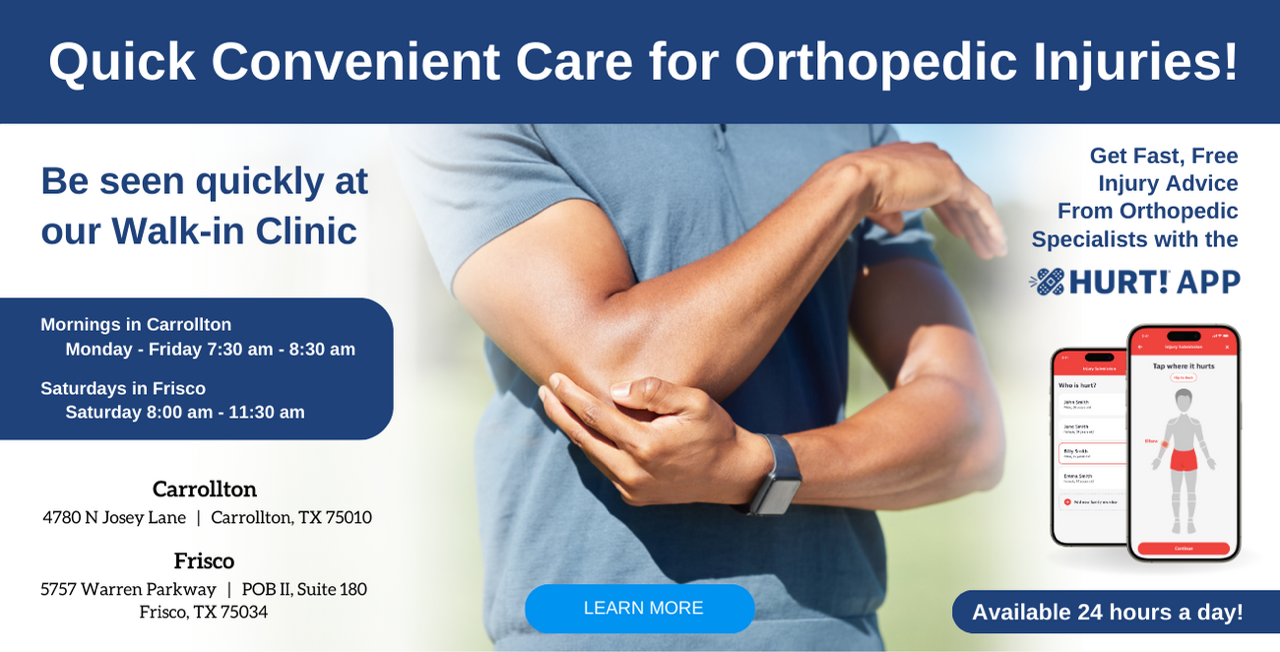Welcome To Our Blog

Cavus Foot
A foot with an unusually high arch is referred to as the Cavus Foot. The condition may lead to excessive weight bearing on the heel and ball of the foot causing a host of physical inadequacies. Cavus Foot may affect one or both feet and may occur at any age irrespective of gender. This defect has the chances of progressing, specifically if it is accompanied by any neurological problems. Causes It may be a result of a genetic abnormality in the foot structure Neurological diseases such as Cerebral Palsy, Spina Bifida, stroke or Muscular Dystrophy could eventually cause the...

Boutonniere Deformity
Boutonniere Deformity (BD) is a condition characterized by a deformity in the finger with the middle joint bent downwards and the distal end pointed backwards. The finger joints are connected by tendons and ligaments which allow motion. Due to tearing of the ligaments in this condition, finger bends downwards (flexed) at the proximal interphalangeal joint (PIP) and hyperextended (bent backwards) at the distal interphalangeal joint (DIP). Causes Rheumatoid Arthritis - In this case, the inflammatory cells are released into the synovium (joint lining) which result in the...

Functional Capacity Evaluations: Physical Therapy
Functional Capacity Evaluations (FCE) refers to an assessment process which includes a combination of physical tests and observations. As the name suggests, these are conducted to evaluate the functional capability of an individual following an injury or surgery. In this process, a thorough evaluation is done to check for the employee’s physical condition and assess if he can return to his occupational routine. Also, it determines the the number of hours that the employee may be able to work besides any changes required at the workplace. What It Includes? FCE procedure...

Pigeon Toes (Intoeing)
Pigeon Toes (Intoeing) is a physical ailment which involves turning of the feet inwards. It may affect either one or both the feet. The condition may develop in the early phase of childhood or may become apparent in later stages when the child starts walking. In most cases, Intoeing can heal itself naturally over time as the child grows. However, in severe cases, treatment from an orthopedic doctor is required. In most cases, the patient responds to conservative methods of treatment. For the others, surgery is required. Causes Gestational problems - The child may not get...

Orthopedic Treatment For Kyphosis
Commonly known as Hunching Back or Dowager’s Hump, Kyphosis refers to the development of an abnormal outward curvature of the spine. A normal human spine has a slightly rounded structure but in some cases, the rounding may get exaggerated causing disfigurement and other spine-related problems. Kyphosis may occur at any age irrespective of gender. However, it mostly affects women in their post-menopausal stages as they lose bone mass rapidly. Break or compression of any part of the vertebrae alters the spinal curvature. This creates a visibly exaggerated curve or a hunch back....

